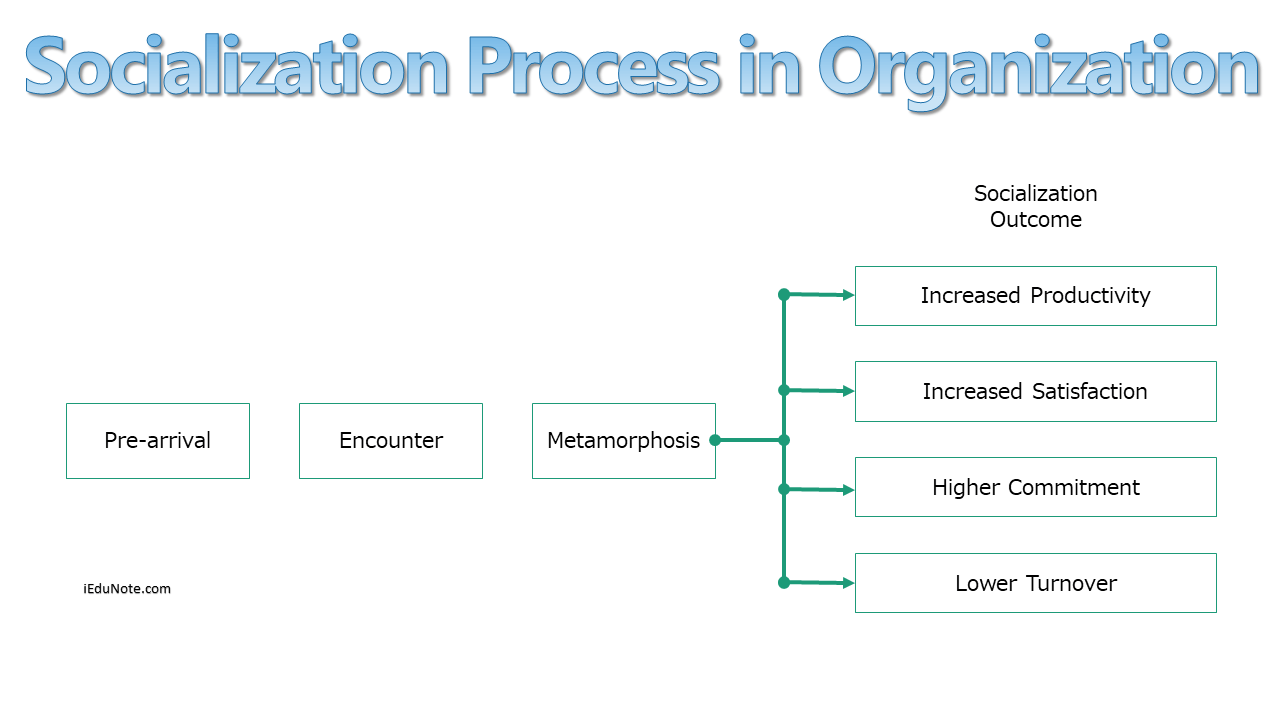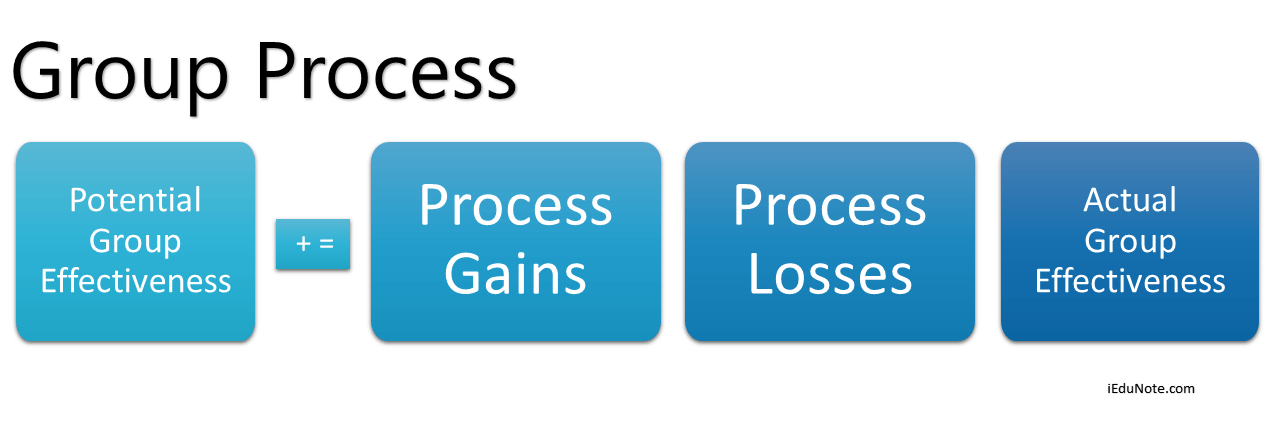Organizational socialization is how people learn about and adjust to the knowledge, skills, attitudes, expectations, and behaviors needed for a new or changing role within an organization.
Organizational socialization focuses on organizational membership.
Socialization is a term used by sociologists, social psychologists, anthropologists, political scientists, and educationalists to refer to the lifelong process of inheriting and disseminating norms, customs, values, and ideologies, providing an individual with the skills and habits necessary for participating within their own society.
Socialization is how social and cultural continuity is attained. Socialization describes a process that may lead to desirable outcomes—sometimes labeled “moral”—as regards the society where it occurs.
Individual views on certain issues, for instance, race or economics, are influenced by society’s consensus and usually tend toward what that society finds acceptable or “normal.
Many socio-political theories postulate that socialization provides only a partial explanation for human beliefs and behaviors, maintaining that agents are not blank slates predetermined by their environment; scientific research provides evidence that people are shaped by both social influences and genes.
Genetic studies have shown that a person’s environment interacts with his or her genotype to influence behavioral outcomes. Socialization can be conceptualized as a process made up of 3 stages.

3 stages /steps of the socialization process in the organization;
The Pre-Arrival Stage
The socialization process contains three stages that occur consecutively. It starts with the pre-arrival stage, which consists of anything a potential organization member has learned about the organization before joining.
Part of the pre-arrival stage is the selection process, which the hiring company uses to hire people who can adequately perform the job and select people who will fit well into the company’s culture. The selection process provides the organization with information about the candidate and gives the job-seeker information about the organization.
Candidates who find that their personal values do not match the core values of the prospective company should disqualify themselves from the selection process at this time.
The Encounter Stage
Once a candidate accepts a job offer, they enter the encounter stage.
This stage is where the new employee’s expectations meet the reality of the job. Suppose the reality of the new job is different than what the new employee expected it to be. In that case, socialization methods are used to orient the new employee to the existing culture and to help them make sense of the culture of their new organization.
Some of the socialization methods that are used include stories, rituals, material symbols, and language.
The following diagram explains the socialization process in the organization:
Metamorphosis
Finally, the new member must work out any problems discovered during the encounter stage.
This may mean going through changes – hence, we call this the metamorphosis stage. The options presented in the above figure are alternatives designed to bring about the desired metamorphosis.
Note that the more management relies on socialization programs that are formal, collective, fixed, serial, and emphasize divestiture, the greater the likelihood that newcomers’ differences and perspectives will be stripped away and replaced by standardized and predictable behaviors.
Careful selection by the management of newcomers’ socialization experiences can – at the extreme – create conformists who consider no organizational practice sacred.
Successful metamorphosis should have a positive impact on the new employee’s productivity and commitment to the organization and reduce his propensity to leave the organization.

